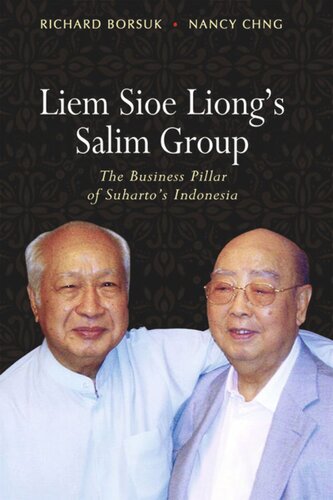

Most ebook files are in PDF format, so you can easily read them using various software such as Foxit Reader or directly on the Google Chrome browser.
Some ebook files are released by publishers in other formats such as .awz, .mobi, .epub, .fb2, etc. You may need to install specific software to read these formats on mobile/PC, such as Calibre.
Please read the tutorial at this link: https://ebookbell.com/faq
We offer FREE conversion to the popular formats you request; however, this may take some time. Therefore, right after payment, please email us, and we will try to provide the service as quickly as possible.
For some exceptional file formats or broken links (if any), please refrain from opening any disputes. Instead, email us first, and we will try to assist within a maximum of 6 hours.
EbookBell Team

0.0
0 reviewsAfter Suharto gained power in Indonesia in the mid-1960s, he stayed as the country’s president for more than three decades, helped by the powerful military, hefty foreign aid and support from a coterie of cronies. A pivotal business backer for his New Order government was Liem Sioe Liong, a migrant from China, who arrived in Java in 1938. A combination of the Suharto connection, serendipity and personal charm propelled him to become the wealthiest tycoon in Southeast Asia. This is the story of how Liem built the Salim Group, a conglomerate that in its heyday controlled Indonesia’s largest non-state bank, the country’s dominant cement producer and flour mill, as well as the world’s biggest maker of instant noodles. The book features exclusive input from Liem, who died in 2012, and his youngest son, Anthony Salim. It traces the founder’s life and the group’s symbiosis with Suharto, his generals and family. After the tumultuous 1997–98 Asian financial crisis sparked Suharto’s fall and a backlash against the strongman’s cronies, Anthony staved off the crushing of the debt-laden group. Told in a journalistic style, the story of the Salim Group provides insights into Suharto’s New Order. For business executives, students and anyone with an interest in Southeast Asia’s largest economy, the volume makes a valuable contribution towards understanding the country’s modern history.